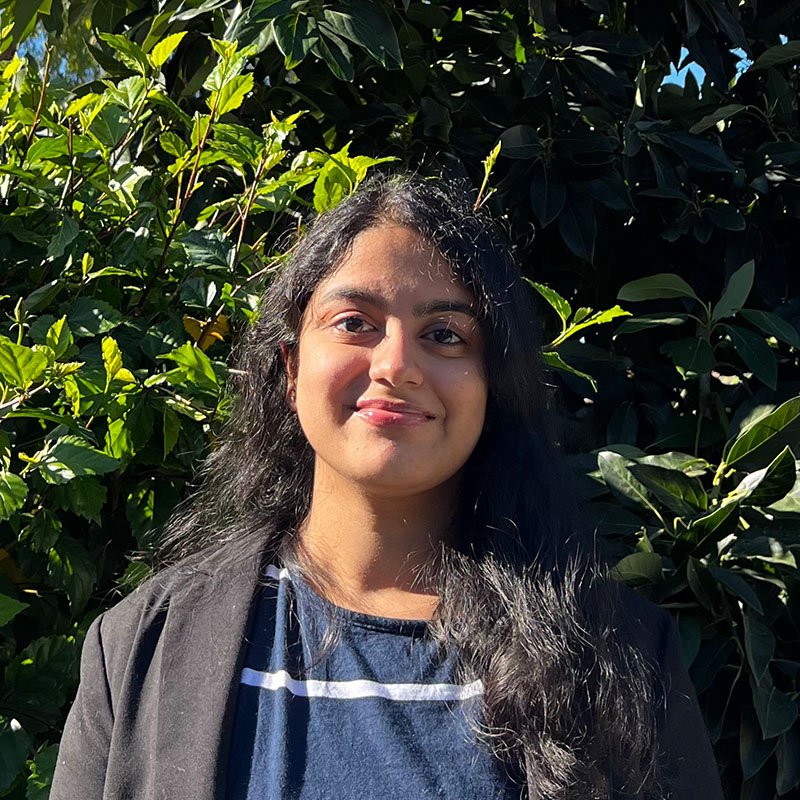This spotlight is a special one. I have nearly 30 years of experience working with graduate students across many fields. I love collaborating with and mentoring students from a range of programs – we stretch each other and make collaborations so productive.
My first mentee from The University of Texas at Austin’s School of Information, Gayathri Ramesh is pursuing a Master of Science in Information Studies with a specialization in User Experience (UX) Research and Design.
We met through the Microsoft-funded Collaborative for Access and Equity project when she applied to be a disabled student coach with our team. Gayathri was so invested in this project! She mentored not ONE but TWO faculty in their accessibility journey and went above and beyond across the board. Gayathri wrote about her experiences with the Collaborative for the Texas Design Journal in her article “Accessibility in Online Learning Environments.”
Award-Winning Work
Our mentorship partnership includes her award-winning Capstone project, Navigating Online Accessibility In Learning Environments and Evaluating the Usability of the Ally Accessibility Platform on UT Canvas. Gayathri served as a critical part of the launch, pilot, and evaluation of UT Austin’s Ally Accessibility Initiative. The purpose of the Ally initiative is to improve the accessibility of class materials in learning management systems by providing faculty with guidance on improving the accessibility of their course materials and students with alternative formats to support their different learning preferences and needs.
Accessibility projects can be challenging at times. In fact, if they are not, they probably aren’t achieving their goals of making our physical and digital worlds better for disabled people. We had a chance to catch up the other day with her thoughts about her experiences, passion, and future. Here are a few things that stood out from our conversation about accessibility and UX design!
Passion for Access is Professional and Personal
“As a student in UX, accessibility is something that we always keep in mind while creating and designing experiences, but [my passion] also stemmed from my personal experiences. My family has some history of hearing impairments, including me, so accessibility is something that was that I have always thought about,” said Gayathri.
This reminds me that professionals in UX might also draw from personal and community experiences. These experiences serve not only as motivation but as critical insights into accessible design.
At the Core of UX: Conversations
Gayathri is deeply curious. Her approach to UX is grounded in conversations with stakeholders, clients, and colleagues.
I had a front seat to her process, and it was a delight to see her work.
Gayathri was tenacious, thoughtful, and creative in presenting her final results. While audits of physical and digital accessibility are important elements of UX training, what I found to be important about Gayathri’s approach was how well she paid attention in conversations.
When asked about having meaningful conversations, here’s what Gayathri had to say: “Sometimes, based on conversations I’m having with someone, I can also tie it back to an actual song as a reference! I’m very influenced by music, as I used to sing and play piano and veena [a traditional Indian instrument] since I was a kid.”
Make Things Possible
Gayathri had this to say about the future of technology, disability, and UX:
“As technology becomes more advanced and available, I hope the executives influencing design decisions start to design with accessibility in mind and take it more seriously and not as a ‘to do for later.’ Since I’ll be entering that UX technology space, I hope to champion this and ensure experiences are accessible and inclusive. As Mary Pat Radabaugh said, ’For people without disabilities, technology makes things easier. For people with disabilities, technology makes things possible.’”
Working with amazing students and collaborators like Gayathri is part of the joy of this work!
